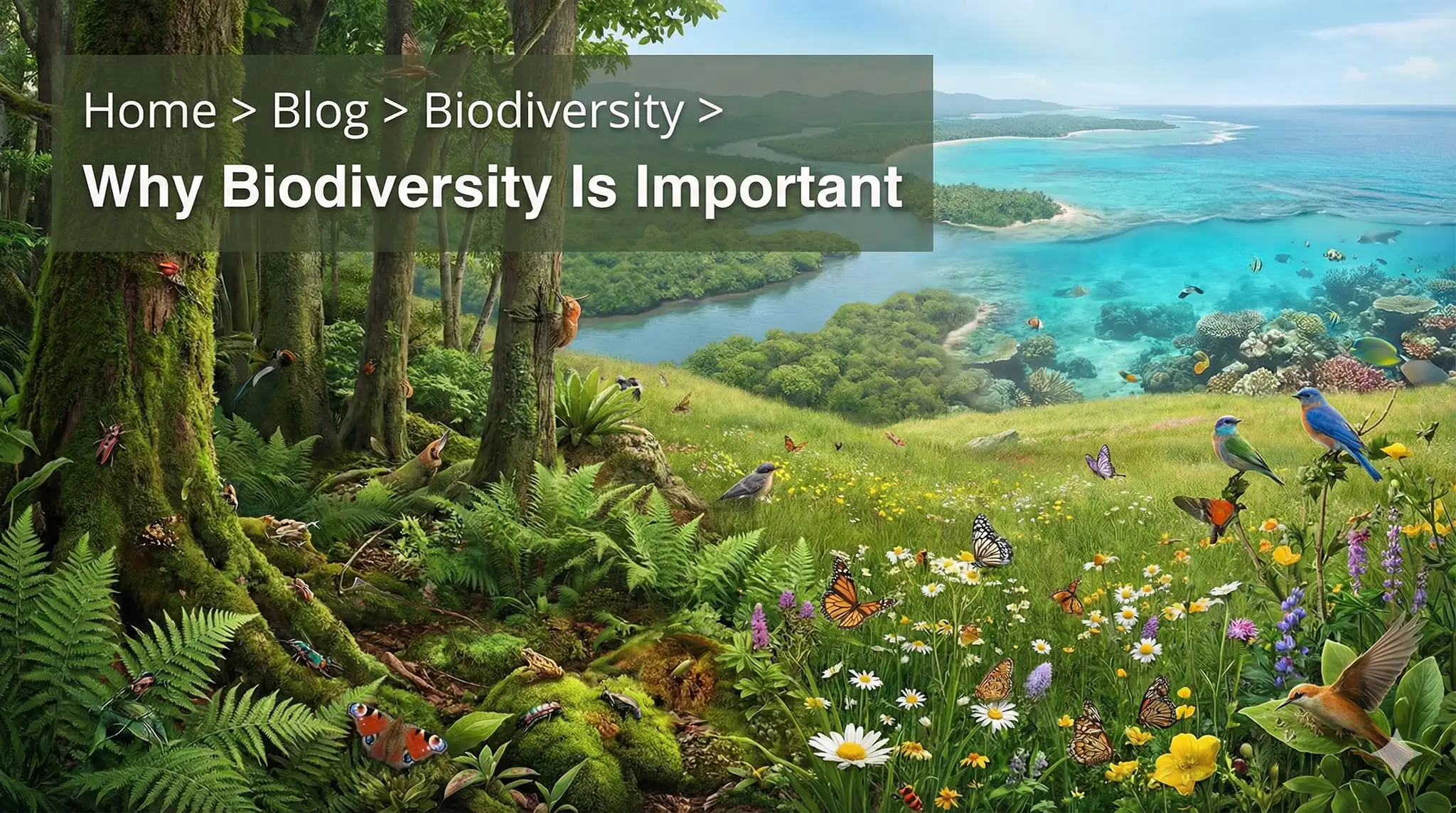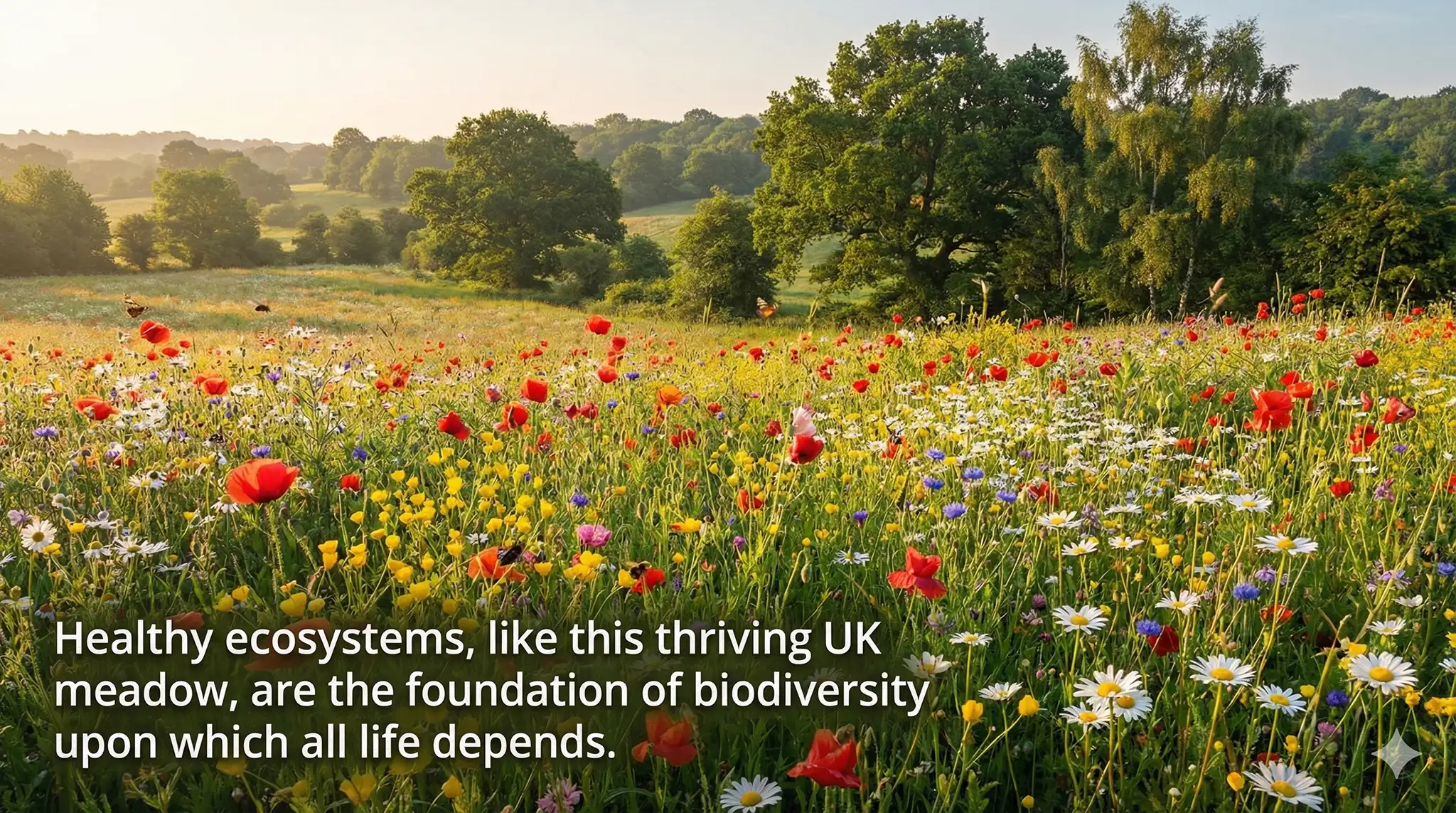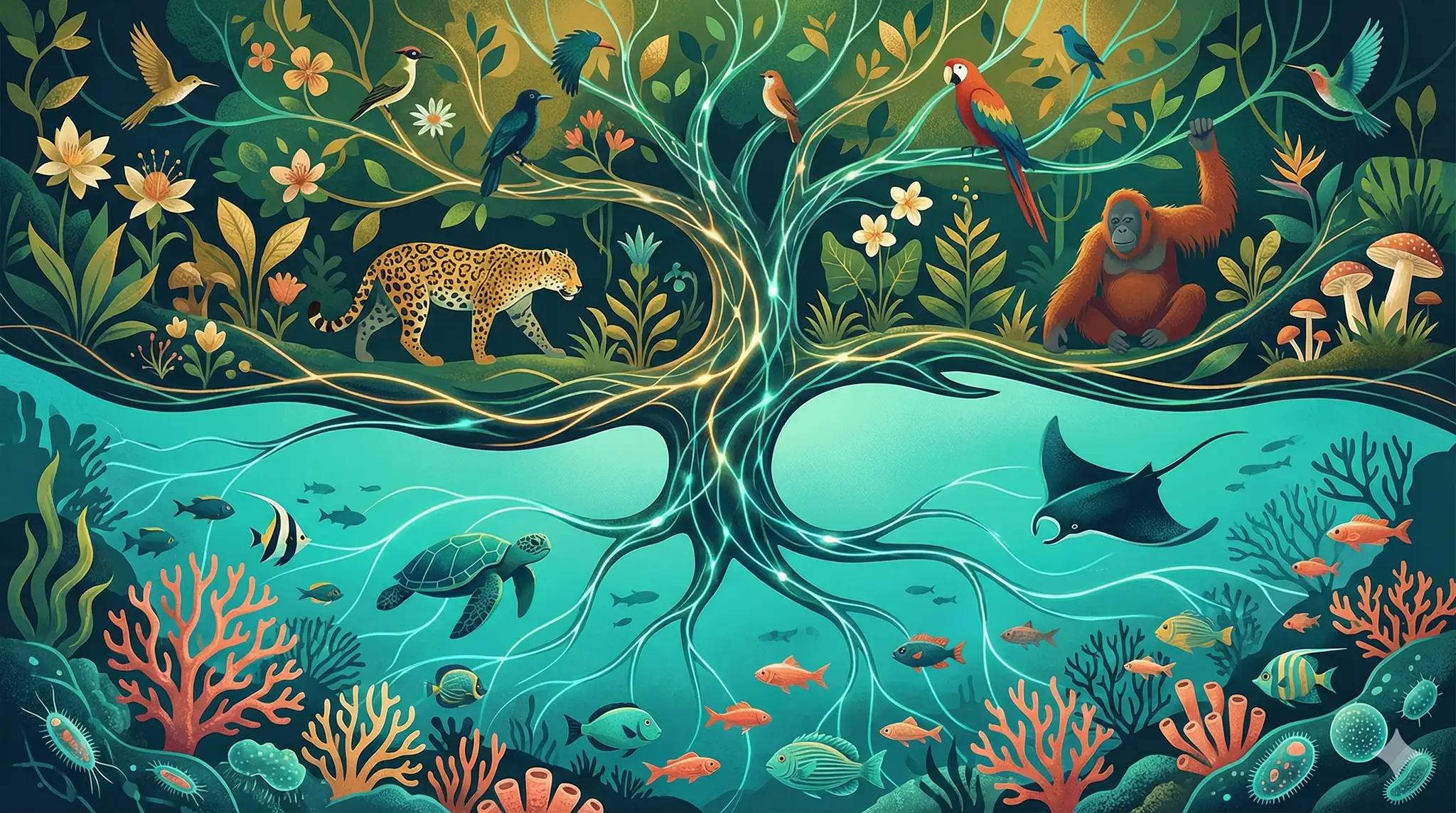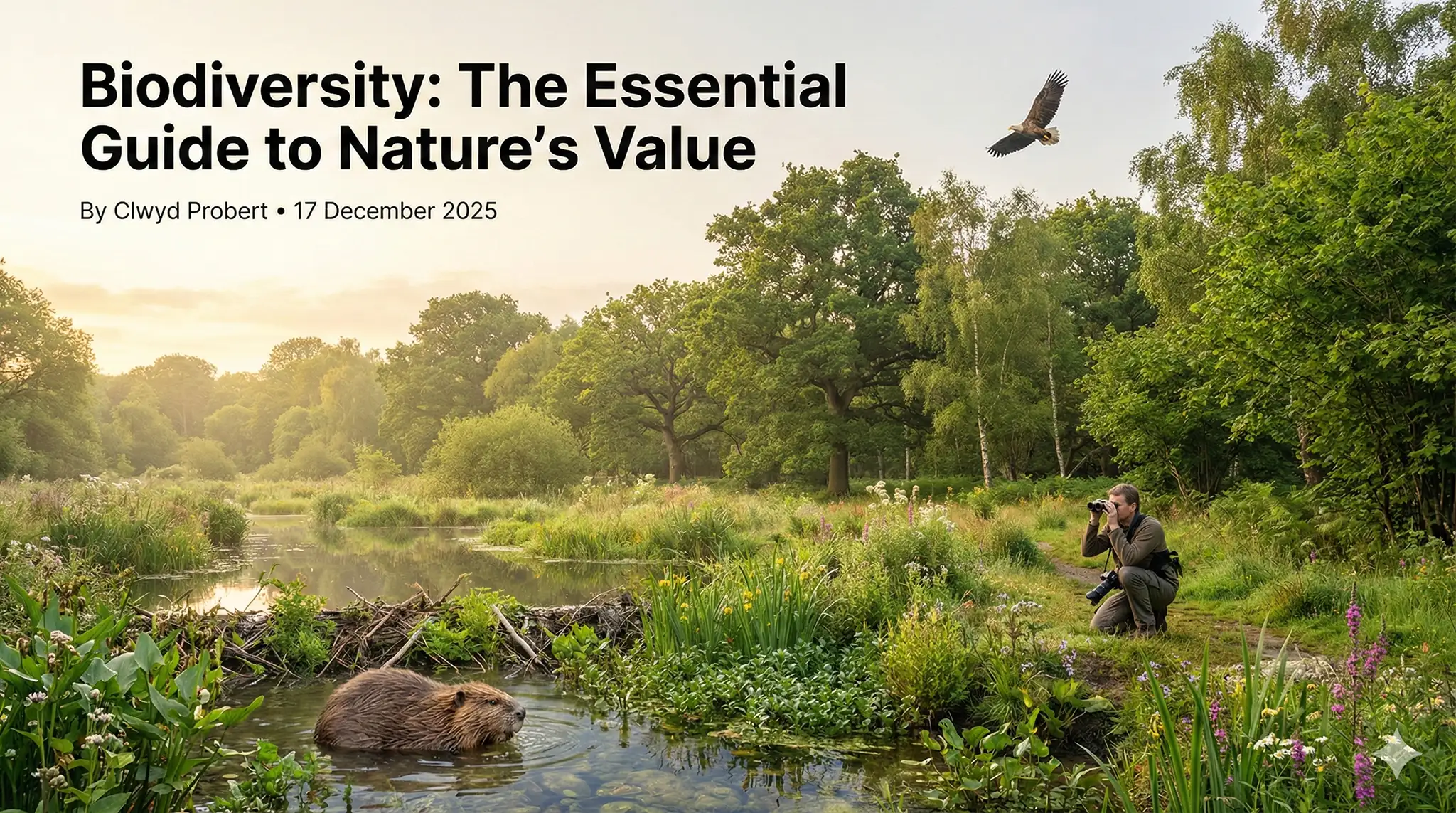Contents
- Introduction: The Greenhouse Effect - A Lifeline and a Threat
- Predictions and Consequences of Global Warming
- The Impact of Global Warming on Biodiversity
- The Role of CO2 Sequestration in Mitigating Climate Change
- The Impact of CO2 Levels on Biodiversity and Ecosystem Functionality
- Conclusion: Addressing the Greenhouse Effect and Biodiversity Loss
Introduction: The Greenhouse Effect - A Lifeline and a Threat
The greenhouse effect is a natural process that plays a critical role in maintaining the Earth's temperature, making it habitable for life. Sunlight enters the Earth's atmosphere as short-wavelength radiation, which is absorbed by the Earth's surface and reflected back as longer-wavelength radiation, or infrared energy (heat). Greenhouse gases, such as carbon dioxide (CO2), trap this heat close to the Earth's surface, maintaining a suitable temperature for organisms to thrive. However, the rapid increase in greenhouse gases due to human activities, particularly the burning of fossil fuels, is causing the Earth to warm at an unprecedented rate, leading to various problems for life on the planet.
Predictions and Consequences of Global Warming
The Intergovernmental Panel on Climate Change (IPCC) estimates that the global average temperature will rise by 1.1 to 2.9 degrees Celsius during this century, with worst-case scenario models predicting a rise of 2.4 to over 6 degrees Celsius. One major consequence of this rapid warming is the melting of ice in places like Greenland and Antarctica, which contributes to global sea level rise. The melting of continental ice masses poses the greatest threat, as their melting would add significantly to the amount of water in the ocean. Even partial melting of Greenland and Antarctica could result in a sea level rise of 13 to 20 feet worldwide, although this could take several hundred years to occur.
The Impact of Global Warming on Biodiversity
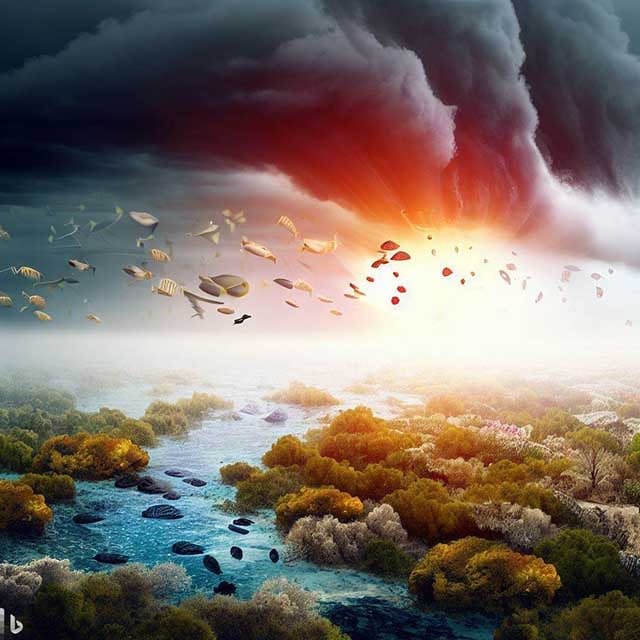
A 20-foot rise in sea level could cause entire countries like the Maldives to disappear underwater, and low-lying areas like the Netherlands and New Orleans would face serious flooding threats. This loss of low-lying areas would result in the loss of habitats and the species living in them, some of which are rare and endangered. The major problem for biodiversity is the warming itself. Every species has its own optimal habitat and tolerance ranges, including temperature. The IPCC estimates that a four-degree Celsius increase will result in major extinctions due to organisms' inability to adapt to the changes. Organisms cannot move to cooler areas or adapt fast enough. Migratory animals may be able to change their migration patterns, but other organisms, such as entire forests, cannot move or adapt as easily. Forests will move further up mountainsides, altering or displacing entire ecosystems. Even marine ecosystems are not immune to the effects of global warming. A two-degree Celsius increase in ocean temperature is enough to result in major coral reef die-offs, as reefs cannot respond to rapid temperature changes or move to other locations.
The Role of CO2 Sequestration in Mitigating Climate Change
In addition to the effects of global warming, the chemistry of adding CO2 to the world's ecosystem plays a crucial role in mitigating climate change. Studies indicate that plant life tends to react to an increase in CO2 by building more of themselves through photosynthesis. This process, known as sequestration and carbon fixation, is a reason why we have not yet experienced runaway global warming. However, there is a limit to how much plants can collect, use, or sequester carbon and reduce surrounding CO2 levels.
The Impact of CO2 Levels on Biodiversity and Ecosystem Functionality
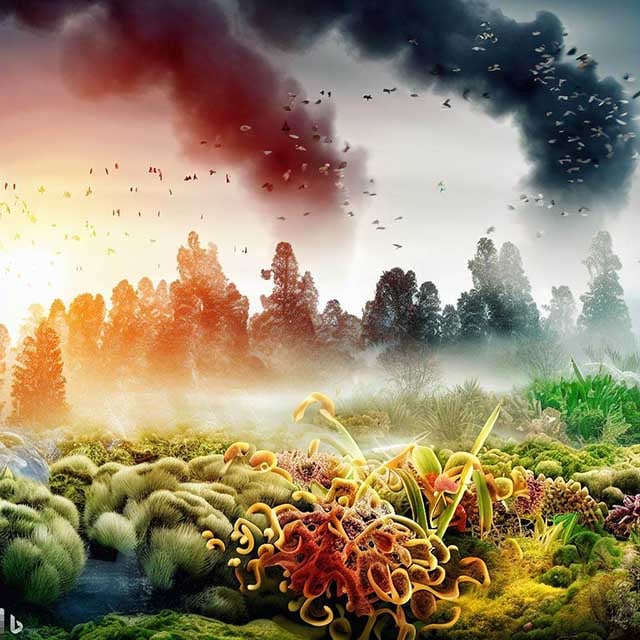
Biodiversity could decrease as CO2 levels increase because different plant species have unequal abilities to sequester or absorb the new carbon dioxide. As a result, biodiversity or species richness can drop, as plants more sensitive to the limitations of other necessary chemicals will die. Forests, marine phytoplankton, and their surrounding ecosystems become less functional as species die off, making them less effective in sequestering carbon dioxide. This creates a feedback loop in which global climate change gets worse as the unused CO2 builds up.
Conclusion: Addressing the Greenhouse Effect and Biodiversity Loss
The greenhouse effect, while essential for life on Earth, is causing significant problems for biodiversity due to the rapid increase in greenhouse gases from human activities. The consequences of global warmings, such as rising sea levels and temperature changes, are putting immense pressure on ecosystems and the species that inhabit them. The ability of plants to sequester CO2 plays a vital role in mitigating climate change, but the unequal abilities of different species to absorb CO2 can lead to a decrease in biodiversity and ecosystem functionality. Understanding and addressing these issues is crucial in our efforts to protect and preserve the planet's biodiversity and mitigate the impacts of climate change.
The greenhouse effect, while a natural and essential process for life on Earth, has become a double-edged sword due to human activities. The rapid increase in greenhouse gases is causing unprecedented global warming, leading to severe consequences for biodiversity and ecosystems. Rising sea levels, temperature changes, and the unequal abilities of plant species to sequester CO2 are all contributing to the loss of biodiversity and the decline in ecosystem functionality. It is imperative that we understand and address these issues in order to protect and preserve our planet's rich biodiversity and mitigate the impacts of climate change. This will require a concerted effort from individuals, communities, and governments worldwide to reduce greenhouse gas emissions, protect vulnerable ecosystems, and promote sustainable practices that will help ensure the health and survival of our planet's diverse species and habitats.
FAQ
1. What is the greenhouse effect?
The greenhouse effect is a natural process that helps maintain the Earth's temperature by trapping heat close to the Earth's surface. Greenhouse gases, such as carbon dioxide, absorb and re-emit infrared energy (heat), keeping the planet warm enough to support life.
2. How does human activity contribute to the greenhouse effect?
Human activities, particularly the burning of fossil fuels, release large amounts of greenhouse gases into the atmosphere. This rapid increase in greenhouse gases is causing the Earth to warm at an unprecedented rate, leading to various problems for life on the planet.
3. What are the predictions and consequences of global warming?
The IPCC estimates that the global average temperature will rise by 1.1 to 2.9 degrees Celsius during this century, with worst-case scenario models predicting a rise of 2.4 to over 6 degrees Celsius. This rapid warming can lead to melting ice in places like Greenland and Antarctica, contributing to global sea level rise and threatening low-lying areas and their ecosystems.
4. How does global warming impact biodiversity?
Global warming affects biodiversity by altering habitats and temperature ranges for various species. Some species may not be able to adapt to these changes or move to cooler areas, leading to extinctions. Additionally, rising sea levels can result in the loss of habitats and the species living in them.
5. What is CO2 sequestration, and how does it relate to climate change?
CO2 sequestration is the process by which plants absorb carbon dioxide through photosynthesis and store it in their tissues. This process helps mitigate climate change by reducing the amount of CO2 in the atmosphere. However, there is a limit to how much plants can sequester carbon, and the unequal abilities of different species to absorb CO2 can lead to a decrease in biodiversity and ecosystem functionality.
6. How can we address the greenhouse effect and biodiversity loss?
Understanding and addressing the issues related to the greenhouse effect and biodiversity loss is crucial in our efforts to protect and preserve the planet's biodiversity and mitigate the impacts of climate change. This can involve reducing greenhouse gas emissions, protecting and restoring ecosystems, and promoting sustainable land use and resource management practices.
